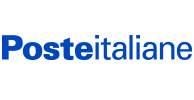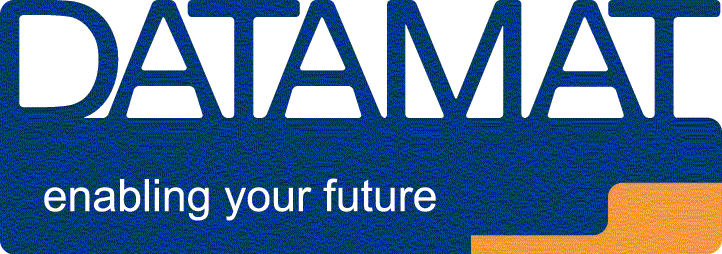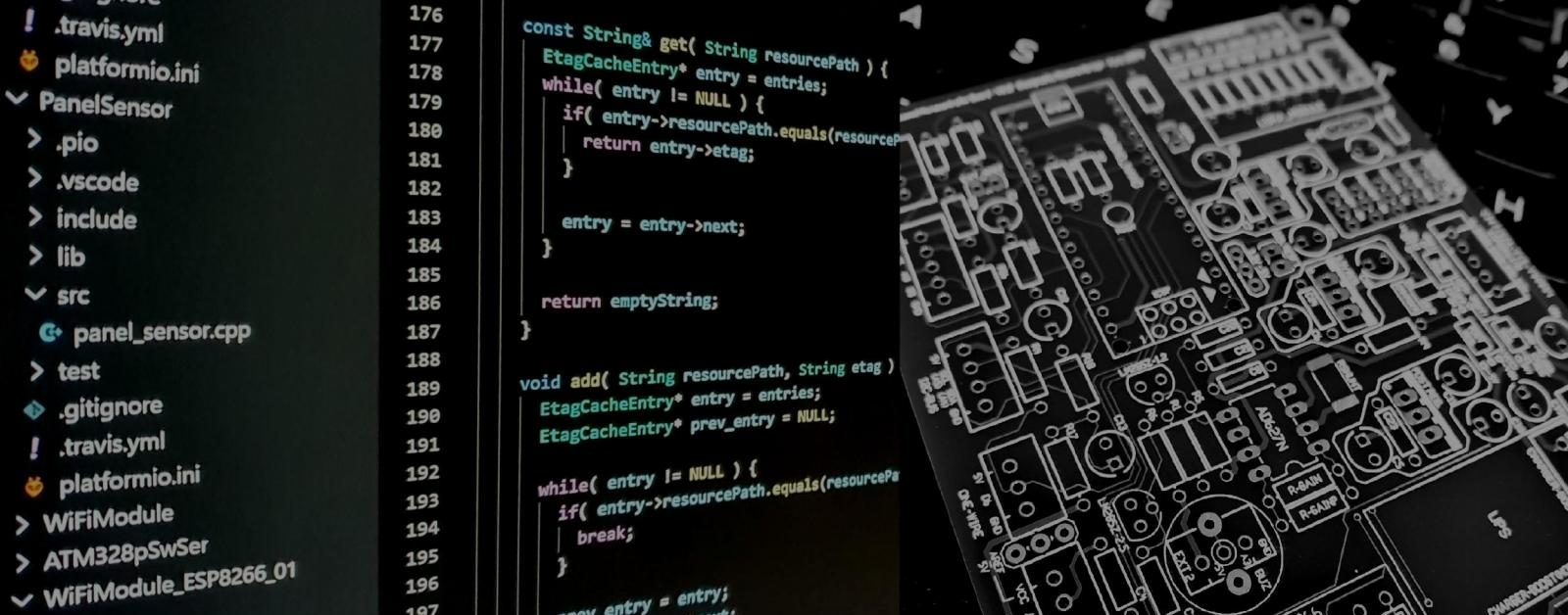Massimo Morlupi
- Residence: Rome, Italy
- Contacts: see About me page
Education
- January, 1998 – Graduated cum laude in Computer Science Engineering from Universityof RomeTor Vergata (http://web.uniroma2.it). The objective of the thesis was to design tools that evaluate the effectiveness of parallel computing techniques over heterogeneous distributed architectures.
- High school diploma with full marks in Computer Science at “Enrico Fermi” Technical Institute (Frascati, Rome).
Languages
- English: Fluent
- Italian: Mother Tongue
Main qualifications
- Team management: coordination of large teams (up to 70 people), setting goals, reviewing objectives, motivating individuals.
- Program/project management: experienced in leading innovation programs in complex organizations.
- Definition and implementation of move to cloud strategy for multi-business IT organization.
- Enterprise contract management: setup of multi-year, multi-million Frame Agreements.
- License audit management with main software vendors (SAP, Microsoft, IBM, Oracle).
- Knowledge of modern IT architecture principles like microservices, containers, event driven programming.
- Design of business-critical platforms, matching high performance, availability and reliability requirements.
- Solid technical background developed in system integration projects.

Head of Application Solution for Public Administration and large Business Market
Responsible for the development of large business and PA IT services. Main responsibilities of the role include:
- IT demand management
- Encouraging the reuse of IT building blocks to accelerate the time to market
- Ensuring the alignment of proposed solutions against the reference IT Enterprise Architecture
- Guaranteeing that developed services and solutions match the expected quality and service level agreements
- Current developments include:
- Sales Force Automation platform
- Advanced Reporting platform to monitor the operations of the sales network and support the management in optimizing and improving the effectiveness of sales.
- Welfare platform to offer welfare services and bonus programs to private companies and PA.
All the solutions are based of Microsoft Azure or Amazon cloud services (mainly SaaS and PaaS).
July 2016 – May 2018: Head of Software Architectures – Cloud Transformation Leader
While heading the IT Software Architectures area, I’ve been guiding the Poste Italiane go-to-cloud strategy through the execution of the Hybrid Cloud Integration and Workplace Transformation programs.
The cloud adoption program lasted one and a half years, with the following milestones:
- Negotiation and renewal of the Enterprise Agreement with Microsoft: contract was optimized to reduce the investment footprint (both Opex and Capex) for on-premises assets while acquiring a quota of both the Azure (IaaS/PaaS/SaaS services) and Office Automation (Office365) public cloud offerings.
- Deep analysis of security, privacy and compliance requirements to bring production services on the cloud.
- Cooperation with Poste Italiane internal compliance functions to analyse the impact of Bank of Italy local regulations on cloud services.
- Arbitration between internal and external legal departments to appoint Microsoft as responsible of the processing of the personal data on behalf of Poste Italiane.
- Design and implementation of the Hybrid Cloud architectural blueprint. This is the assembly of software, hardware and network elements needed to hybridize Poste Italiane data centers with the public cloud, while respecting security, privacy and compliance constraints.
- Workplace Transformation Project: deployment of innovative collaboration solutions leveraging the Microsoft Office 365 Cloud platform (video conferencing, mail, document sharing, collaboration, etc.) over about 8000 users.
- Support to the design and delivery of Hybrid Cloud projects
- Preparation of the tender documentation to set-up the Cloud Migration Factory.
Nov 2012 – June 2016: Head of Software Architectures
As responsible of Application Architecture governance and design for on-premises platforms, I’ve been working on the following main streams:
- Design of architectures for IT strategic platforms and reference blueprints.
- Definition and standardization of the IT service catalogue.
- Identification of IT needs for the whole Poste Italiane group and negotiation of multi-year enterprise agreements with major software vendors (Microsoft, Oracle, IBM) to reduce both capital and operating expenses and increase business agility.
- Execution of massive crash programs to remove obsolescence of client and server software and reduce operating risks/costs due to end of support (more than 2000 server OS Images and 60000 clients migrated in three years).
- Analysis and optimization of server architectures and license contracts to optimize license spending and reduce or eliminate audit risk exposure.
- Startup of the Data Center Transformation Program to consolidate data center infrastructures and applications, setup an industrialized process to keep software and hardware up to date and improve reliability of core business platforms.
- Execution of the source code management crash program to standardize tools and procedures to manage the source code and automate the build process both on premises and cloud.

Dec 2008 – Oct 2012: Consulting Technical Director
I joined Oracle Italy as Consulting Technical Manager in the SOA Middleware organization on 1st December 2008 because of BEA incorporation. Within the consulting area, I played the role of enterprise architect in several projects both in SOA, EAI and E2.0 areas.
Promoted to Consulting Technical Director role in FY12 after being appointed as WE Consulting Top Performer in FY11 and obtaing the WE Consulting shining start award in June 2012.
Main projects:
- Vodafone PICASSO, global project (Milan). In November 2009 Vodafone Online Acceleration Programme identified the need of an overall Technical Strategy for the online channel. As a result of a successful piloting activity (see below), Vodafone Global started the PICASSO project (Portal Identity Content management And SSO). With the role of lead architect for the portal team, I’ve been engaged in writing down the high level design documentation, then working on the low level design and coordinating the off shore implementation team based in India (Bangalore). The overall project team was involving Vodafone global team (UK), IBM as main system integrator and Oracle as product vendor.
- Vodafone PICASSO, Italy localization project (Milan). Working with IBM and NTT Data to write the functional and architectural specification documents. Technical advisor to drive system integrators in leveraging the Oracle product stack to minimize project risks and costs.
- Vodafone PICASSO, UK localization project (Newbury). Based on results of PICASSO project, Vodafone UK OpCo started the localization project. I’ve been involved in the early phases of the project to define the architectural blueprint for the portal stream and maximize the reuse of PICASSO project components.
- Wind Telecommunication (Rome), engaged by the customer to review the E2E architecture for customer facing applications. Initial scope of the activity included the online customer facing portal (www.wind.it) and the intranet portal used by retailers to submit customer orders. Considered as the most critical applications from a business perspective, both portals were experiencing significant problems in terms of stability and performance. I successfully supported the customer technical team in identifying the issues and then I coordinated the system integrator and Oracle resources to deliver the required architectural changes. The most valuable results of this activity were the improved customer satisfaction and the recognition of the strong value delivered by Oracle consulting services.
Other key activities:
- Telecom Italia, retail portal (Rome – 10 months): definition of the architectural blueprint for the converging consumer and business online portal and execution of the phase 1 of the project to deliver the new public portal (http://www.tim.it). The project was led by both Oracle and Reply (system integrator and partner) with different roles and responsibilities. I’ve been working as project responsible and lead architect for Oracle streams while supporting the system integrator in integrating the Oracle product stack to fulfil Telecom Italia business requirements. During the project, I had to coordinate two separate consulting teams based in Germany and Spain to deliver core product extensions.
- Vodafone, online channel portal strategy definition (Milan – 4 months). In February 2010, a pilot activity was started to prove the set of functional, non-functional and integration concepts stated in the portal strategy workshop. Based on Oracle Portal, Security and CMS components, I had been driving the use case definition, design and development phases of the project. The pilot implementation was successful resulting in 100% acceptance from Vodafone.
- Accenture ABIC, Polkomtel project (Warsaw, Rome – 3 months); architectural review and performance tuning. Based on Oracle Metasolv product stack, the architecture set up by local Accenture team was unable to deliver expected performances. Working jointly with Accenture development team in Warsaw and Oracle product specialists in US, I performed the architectural review and tuning of the platform along two project phases (2 weeks each) aimed respectively to improve performance and reduce hardware costs. The result was 4x throughput improvement with half of hardware resources.
- Accenture ABIC, Service Exposure project (Rome); architectural review, performance tuning, troubleshooting. Service Exposure provides exposition of Telecom Italia internal capabilities to third parties and competitors. The platform implements a SOA approach in providing access to TI network enablers for external mobile virtual network operators.
- ValueTeam for Telecom Italia (Rome – 6 months), project planning and technical architect for the development of the “Impresa Semplice” B2B portal designed for business users owning either mobile or fixed line services.
- Telecom Italia for Accenture (Rome – 3 months), CRM mass market stabilization programme. Main goal of the activity was analysing current mission critical systems within the mass market platform; identify architectural flaws, bottlenecks, single point of failures and planning/estimating the required actions to improve platform capabilities and services.
May 2007 – Dec 2008: Client Architect
Employed in the professional services group as Technical Consultant and product specialist, I joined BEA in September 2003 as Senior Business Consultant. I was promoted to Principal Business Consultant position in 2005. In 2007, I joined the new Architect Job Family and I was promoted to the Client Architect role with focus on Accenture Italy. Within the Accenture Broadband Innovation Centre (ABIC) organization, I provided cross support to project teams in different areas from project staffing and planning to architectural review, definition of reference architectures, best practices, guidelines for design and development, capacity planning and performance tuning.
Main projects and activities are listed below:
- Telstra SDF, architectural review and capacity planning (Rome). This is the platform that enables Telstra network assets to be exposed as value-added services towards Telstra customers. Telstra platform is based on BEA ALSB and Mobility Server.
- Blue&Me, performance tuning (Rome). The Infomobility platform enables Telecom Italia business customers to provide localization based services to end users. The platform architecture is based on BEA WLS and WLI.
- APS/APM, architectural review and performance tuning (Rome). APS is the platform developed by Accenture for Telecom Italia that provides authentication and accounting services to DSL customers. The platform architecture is based on BEA WLRT.
- Vehicle Tracking, project staffing, design, definition of best practices (Rome). This platform, developed by Accenture for Telecom Italia, provides fleet management services to business users. Vehicle Tracking is based on BEA ALSB and WLI
- Cosmote SDP, performance tuning (Athens, Rome). Cosmote is the leading mobile operator in Greece. SDP is the Service Delivery Platform developed by Accenture to provide an integrated view over Cosmote core network services, content providers, CRM, billing, etc. The project architecture is based on BEA WLS and WLI.
Sep 2003 – May 2007: Principal Business Consultant
As product specialist I had been working on many projects for Telecom Italia. Most important projects are listed below:
- FMS: Fraud Management System (Rome), an intranet application designed to provide Telecom Italia Wireline with support for fraud prevention, detection and management. This project is based on J2EE technology and make use of BEA platform products such as WebLogic Server, WebLogic Portal and WebLogic Integration (version 8.1).
- RossoAlice (Rome), a broadband internet portal designed to offer digital contents on demand to ADSL users. The underlying platform is based on WebLogic Server 8.1 integrated with BroadVision as content management system.
- UDB (Rome): a core component of the Telecom Italia Service Delivery Platform. Based on WebLogic Server and Timesten (in-memory database), UDB is an high performance platform that provides fast access to the user database information. Main requirements included very low response times (<10 Millis) with little deviation, and high system reliability.
Main skills and activities on above projects:
- Requirement analysis: help system analysts to map project requirements over BEA platform products’ features.
- Application design: help technical architects during design phase to understand what is provided by the product off-the-shelf, what needs to be customized, what developed from scratch.
- Capacity planning: sizing hardware and software architectures to meet specific performance requirements.
- Performance tuning: optimise performances of existing systems acting on hardware and software configuration.
- Troubleshooting: help system testers to track and isolate software anomalies over complex systems.

Aug 2001 – Sep 2003: Technical architect/project responsible
I held the position of technical leader/architect for several system integration projects, with focus on the design of wire-line and wireless platforms, based on J2EE technology, for mobile operators.
- Wind, Technical Architect for the W&WSI (Wireless & Wireline Service Infrastructure) project (Rome). Set up of a container platform for rapid delivery of mobile A2P services over 2,5G/3G networks. Based on J2EE technology the included simplified interfaces towards CMS, CRM, billing and network enablers to streamline the development of new applications and provide built-in monitoring and accounting services. The platform was designed to match carrier grade performance and resilience, horizontal scalability and high availability requirements.
- Wind, project Responsible and Technical Architect for the “MMS Composer” project (Rome): this was the first service developed on top of W&WSI providing a user web interface to compose and send multimedia messages including text, images and sounds.

Jul 2000 – Aug 2001: Senior Technical Consultant
Technical Leader and Technical Architect for different projects to realize e-business solutions on J2EE technology:
- Diners Club International, Technical Leader for the delivery of “Diners Club Italia” web portal. Built on J2EE platform, the portal has been realized integrating the following software components: Apache web server, BEA WebLogic application server, iPlanet LDAP for user authentication and Oracle as RDBMS. Back-end legacy systems have been integrated using both real-time communication and batch synchronization procedures.
- Project Leader for the design and development of an MVC Java framework adopted by the company as the underlying infrastructure for every project based on J2SE/J2EE platform.

May 1998 – Jul 2000: Software Engineer
Software engineer in the “Application Development Unit”. Most important activities include the following:
- Analysis and design of a rule-driven engine used to publish dynamic contents on the Web. The engine has been adopted to publish banking services over an Intranet. Underlying technologies include Oracle Application Server to host business logic, Oracle as RDVMS and Java Servlets to encapsulate presentation layer components (XML/XSL based).
- Design and development of a tool for data-flow visual programming. This activity required the management of a remote development team based in East Europe (3 people).
- Design and development of an Advanced Data Viewer (ADV) for a proprietary test automation platform (VALID). The viewer was using Dynamic HTML and javascript to show test results using a web browser.

Feb 1998 – May 1998: Senior Software Developer
Technical Leader for the SI.C.RE project. The project aimed to realize a three-tier web application to access a large database containing topological information of the network devices owned by an important telecommunications operator.
Part of the activity was the design and development of a simplified Java application server implementing basic features, such as database connection pooling and fail over capabilities for critical components. Furthermore, the communication between presentation components and business components required the development of a proprietary communication protocol similar to RPC (Remote Procedure Call).

1990 – 1993: Software Developer
Collaboration with the Italian National Research Institute (IASI-CNR) on a project to evaluate the effectiveness of adopting traffic information systems in metropolitan areas. The project required the development of a simulation platform working on a direct graph representing the metropolitan area. Simulator included a generator of the stochastic traffic model and various algorithms to simulate informed drivers and occasional drivers.

